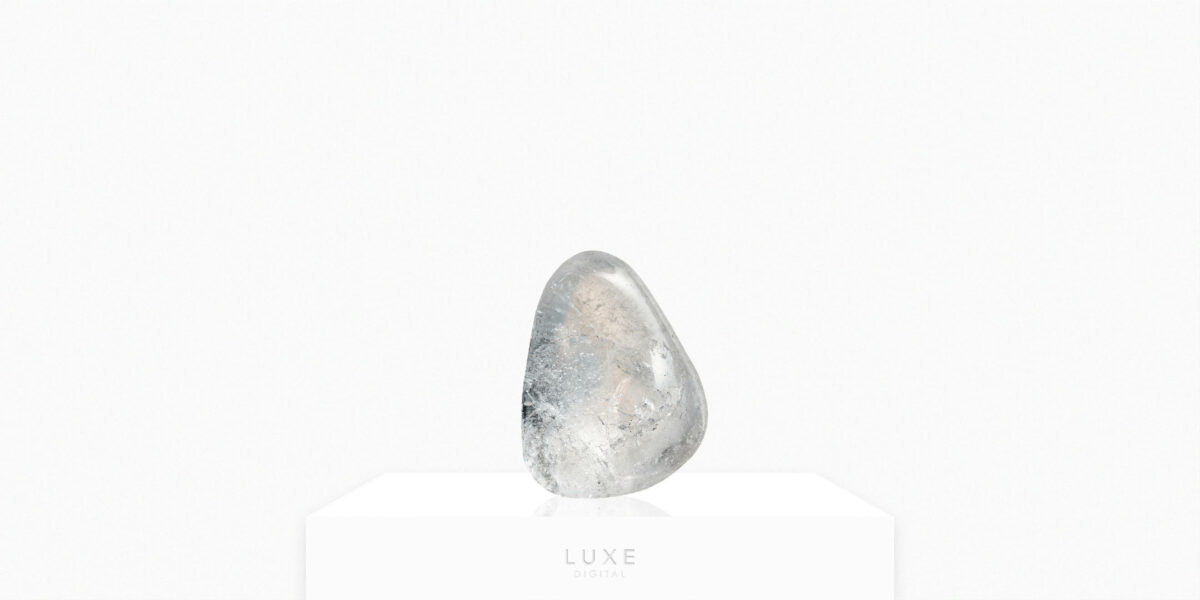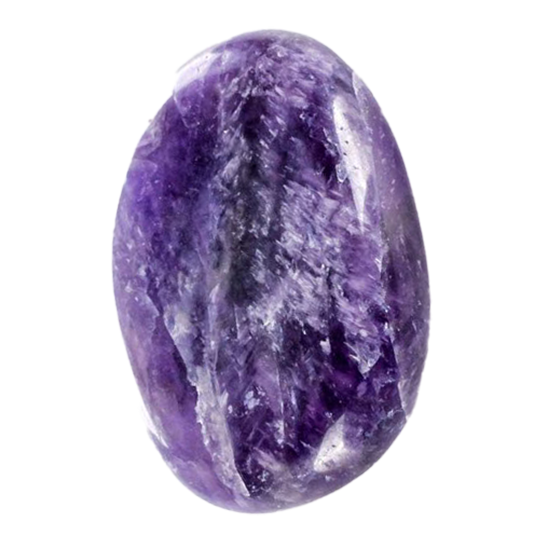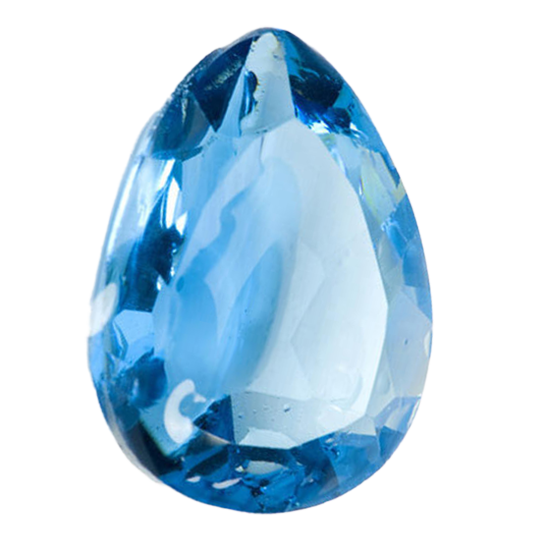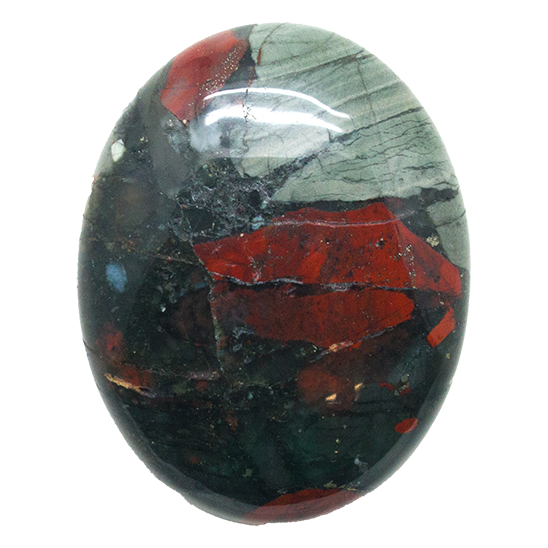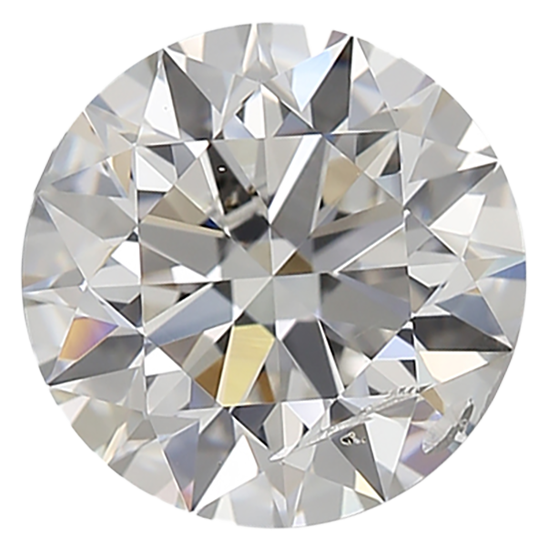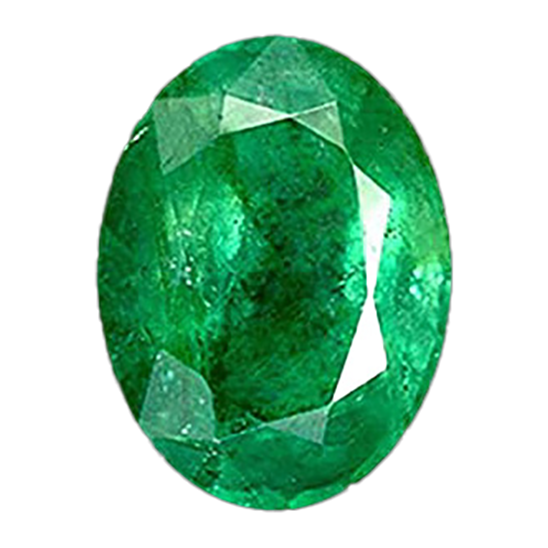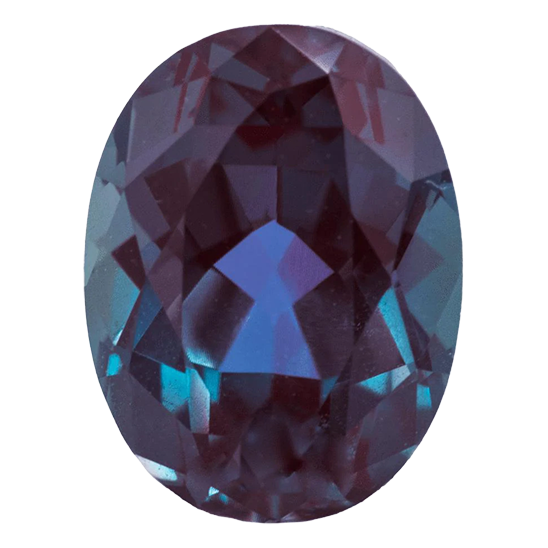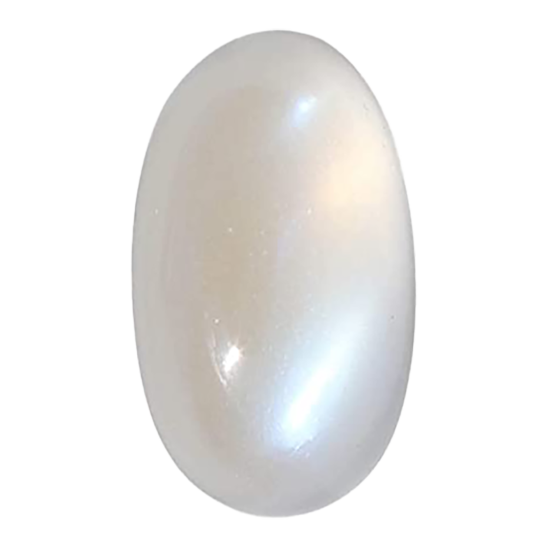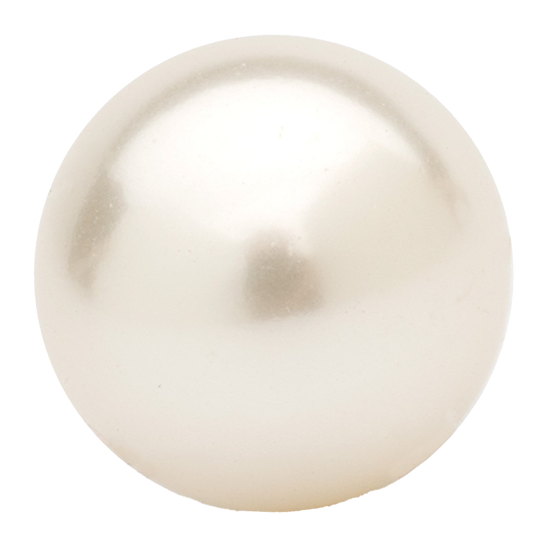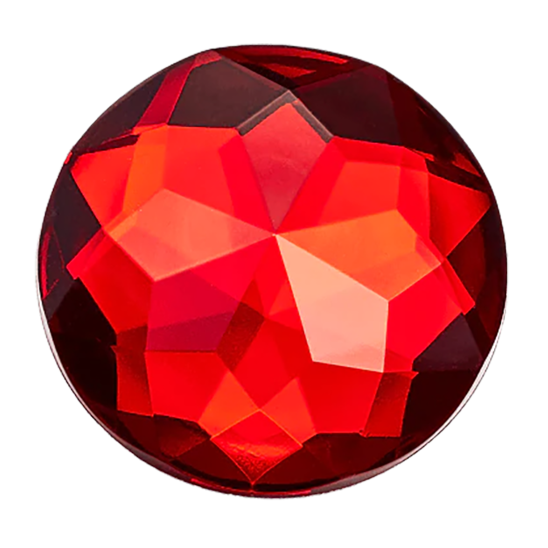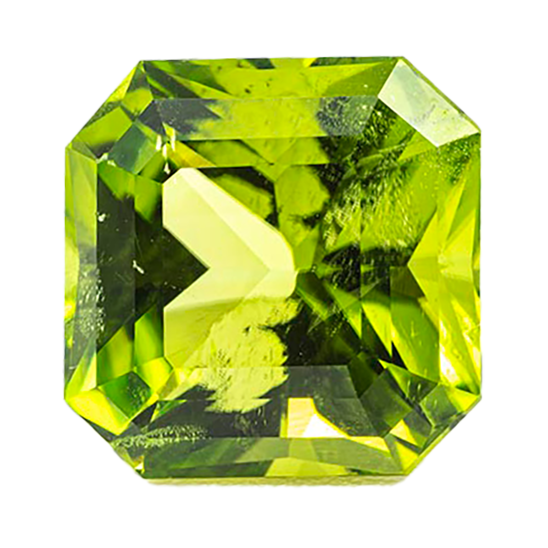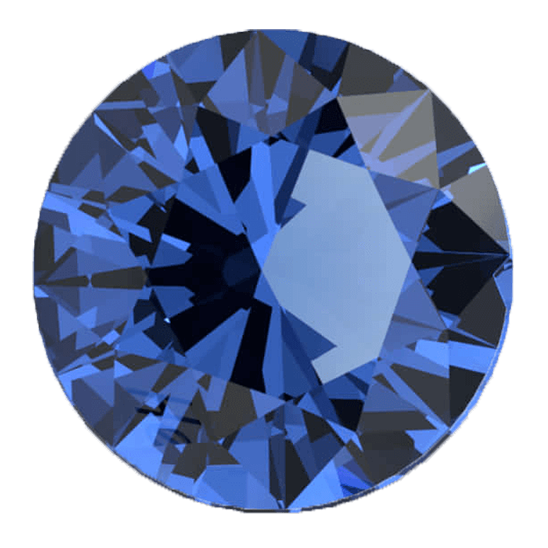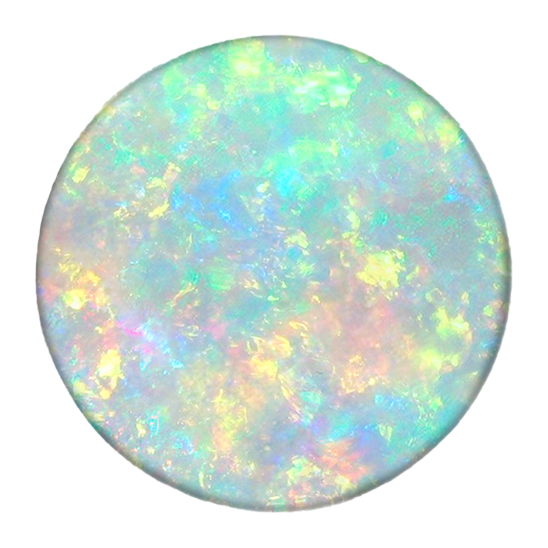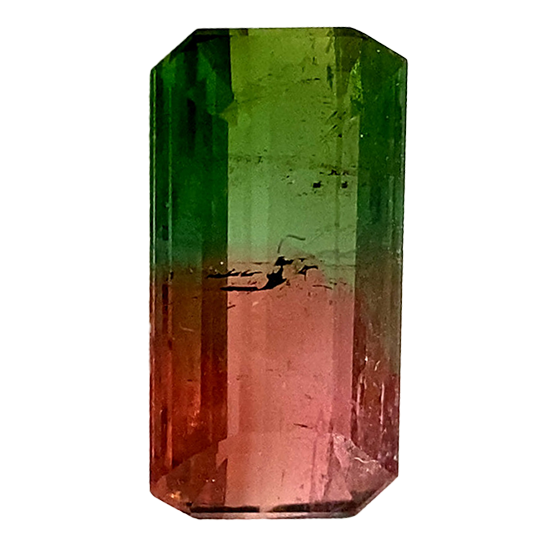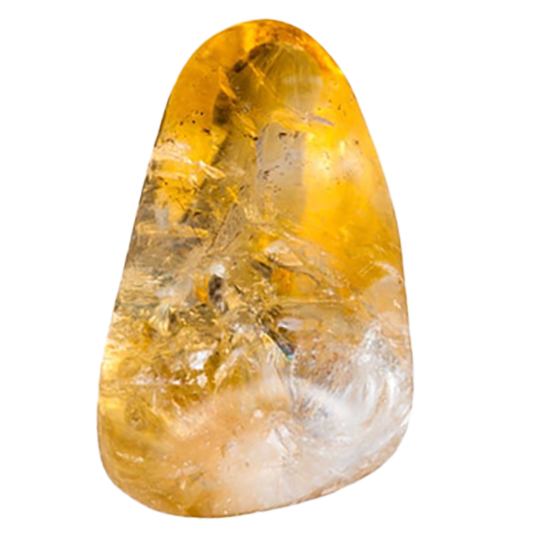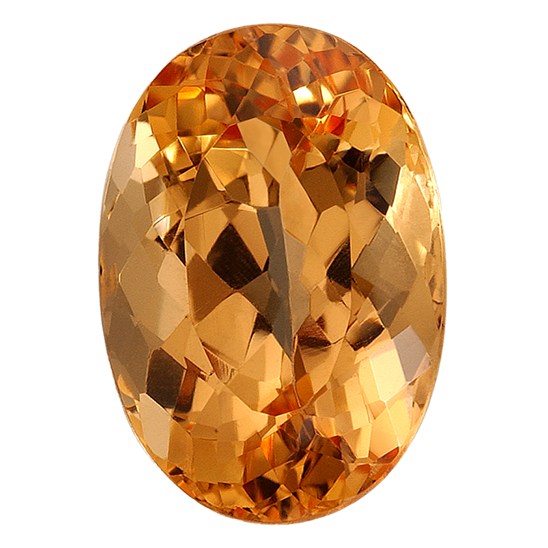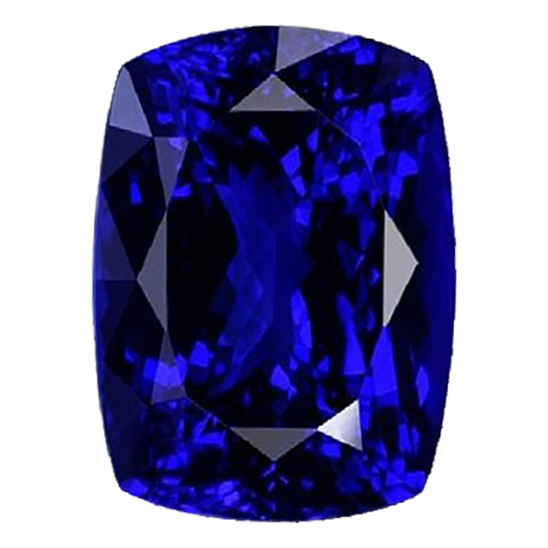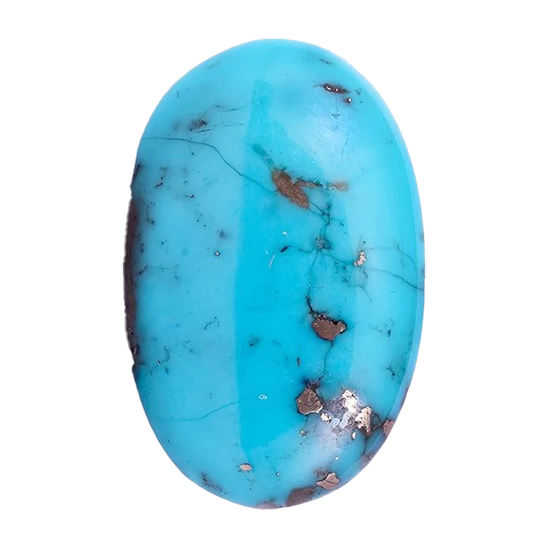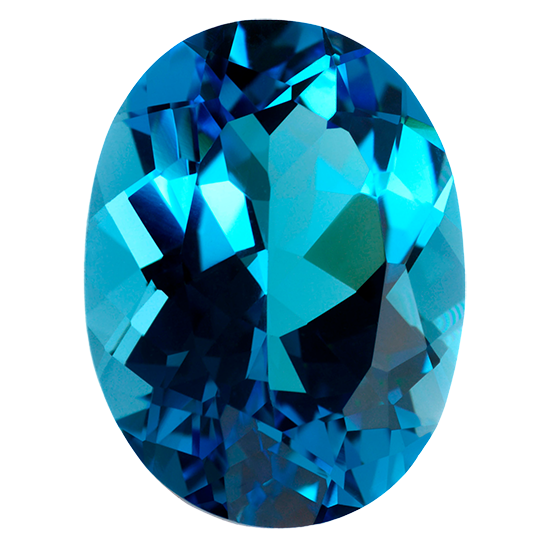Known to the Ancient Greeks as the ice of the gods, quartz is one of the most abundant and important minerals on earth. Its value lies in the array of colors, types, and unique properties within the larger quartz family.
From dreamy deep purple amethyst to striped tiger’s eye, quartz has been a staple for both modern and ancient civilizations. Whether you have your eye on a designer watch or a healing crystal, chances are you’ve at least considered quartz. Here’s a look at the many benefits, colors, and unique properties of quartz.
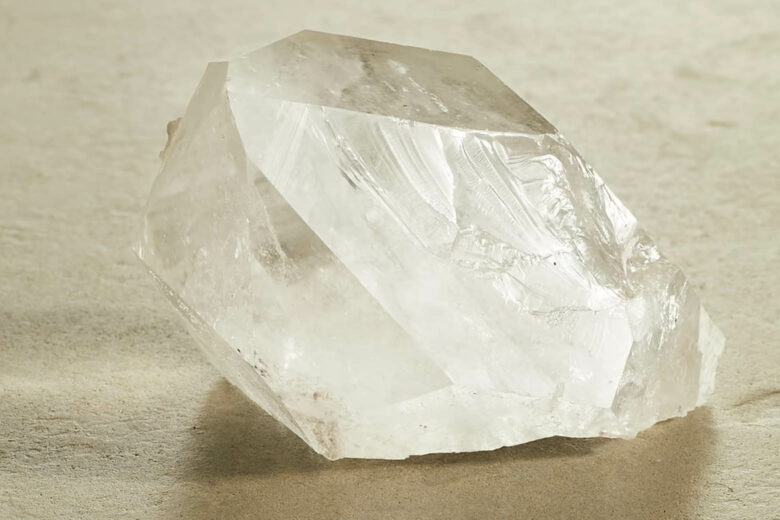
| Quartz Color | White, Off-White, Colorless, Pink, Reddish, Gray, Brown, Yellow |
| Birthstone Month | February (Amethyst) November (Citrine) |
| Hardness Scale | 7 on Mohs Scale |
| Mineral Class | Silicate |
| Symbolism | Spirituality, Strength, Mother Earth, Perseverance |
What is Quartz
Quartz is one of the most common minerals on earth. It’s found within igneous, metamorphic and sedimentary rocks. Quartz is a form of silicate, an anion that includes oxygen and silicon.
Quartz is everywhere you look, from kitchen countertops to electronics and even luxury fashion.
There are two main types of quartz: Cryptocrystalline and Macrocrystalline quartz. Within these broad categories, you’ll find popular gemstones, including Tiger’s Eye, Rose Quartz, Citrine, and many more.
Quartz is affordable, with an average price of only $0.01 to $10 per carat. Quartz countertop slabs cost an average of $60 to $150—installation included. Still, the value of this abundant mineral depends on the type, color, and quality.
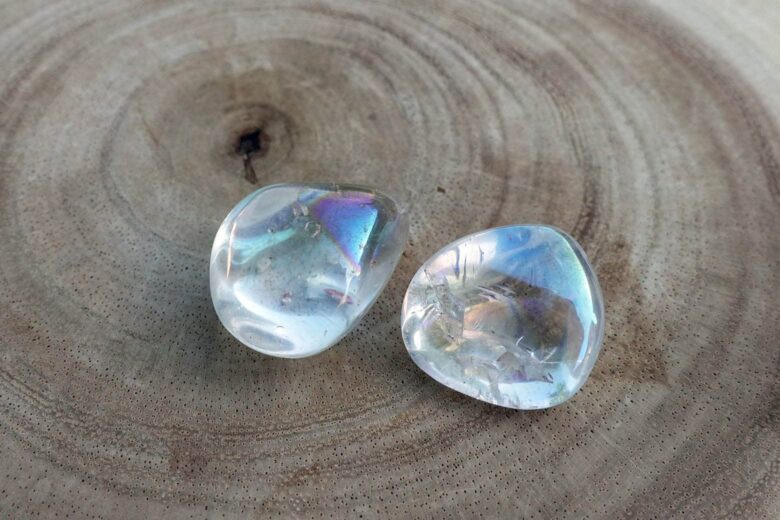
What is Quartz used for
Quartz is used for industrial purposes, emotional and physical healing, and jewelry.
The best luxury watch brands are recognized for their use of quartz to provide reliable movement. Quartz countertops remain popular in kitchens. Quartz is used for an array of electronics, from radios to computers and audio devices. It’s also used for a variety of construction projects, glassmaking, and within the petroleum industry.
Quartz crystals and medallions are popular for their purported emotional and physical healing properties. Improving balance, concentration, and removing negative energy are just a few ways people use quartz. Many types of quartz are also beautiful for everything from statement necklaces to cocktail rings.
What does Quartz look like
Quartz ranges from colorless to transparent or even translucent. The specks or grain-like pattern is usually white, but quartz comes in an abundant array of colors, from clear (pure) to white to smoky gray, pink, and even reddish tones.
With countless varieties of quartz, it’s hard to pin down its exact appearance. The tables below provide a glance at some of the most popular types of quartz and their appearance.
| Name | Type of Quartz | Main Colors |
|---|---|---|
| Agate | Cryptocrystalline Quartz | Dual colors, with delicate patterns, green and green |
| Amethyst | Macrocrystalline Quartz | Pink to violet to deep purple *most valuable |
| Bloodstone | Cryptocrystalline Quartz | Deep green with red streaks |
| Chalcedony | Cryptocrystalline Quartz | Light blue, soft pink |
| Citrine | Macrocrystalline Quartz | Golden to lemon yellow |
| Carnelian | Cryptocrystalline Quartz | Peach to fiery orange to red |
| Jasper | Cryptocrystalline Quartz | Dusky red, brown, yellow or blue |
| Onyx | Cryptocrystalline Quartz | Deep black or red with red bands |
| Rose Quartz | Macrocrystalline Quartz | Blush to medium pink |
| Smoky Quartz | Macrocrystalline Quartz | Straw yellow to brown |
| Tiger’s Eye | Macrocrystalline Quartz | Yellow, reddish-brown, striped |
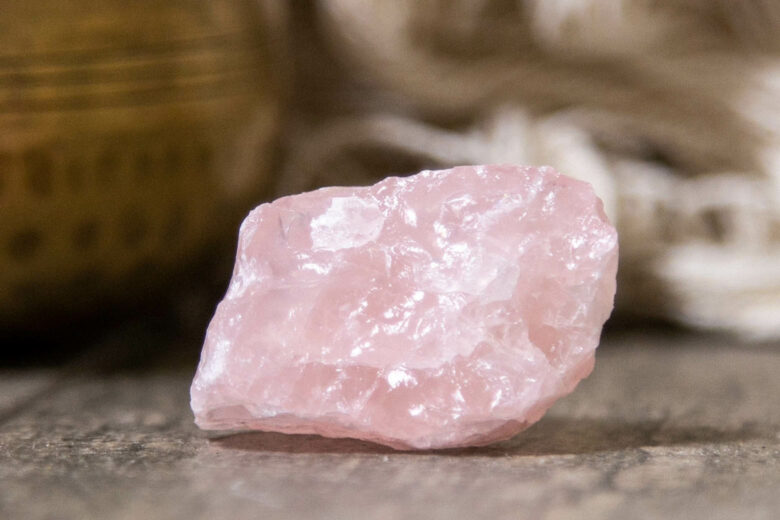
History of Quartz
While quartz was officially discovered and classified by Pierre and Jacques Curie in 1880, it’s been widely used for far longer. Historians and archaeologists believe that quartz was used amongst ancient civilizations around the world. The Sumerians used it for containers, seals, and writing slabs.
Countless sculptures and ornaments used quartz. The Ancient Egyptians in particular used quartz for jewelry and sacred attire. In Ancient Japan, quartz was heralded as a spiritual mineral. Quartz was fashioned into crystal balls, which in time became prominent across Europe.
The meaning of Quartz
Quartz has a strong symbolic connection with nature and Mother Earth. Many believe that quartz provides strength, perseverance, and a sense of well-being. The meaning of quartz is directly related to Feng Shui practices and many use it to seek balance and harmony in their lives.
Whether worn as fine jewelry gemstones or used as crystals at home, quartz is said to usher in clarity. It’s balancing but also energizing mineral, touted for physical and spiritual healing benefits. These include releasing negative emotions and overcoming psychological barriers.
Different types of quartz provide different benefits. For example, clear quartz is associated with clearing the mind and improving concentration. Rose quartz is used to support a robust love life. Amethyst is used for balancing the immune system. Collectively, quartz is a foundation for Feng Shui and symbolizes healing, insight, and endurance.
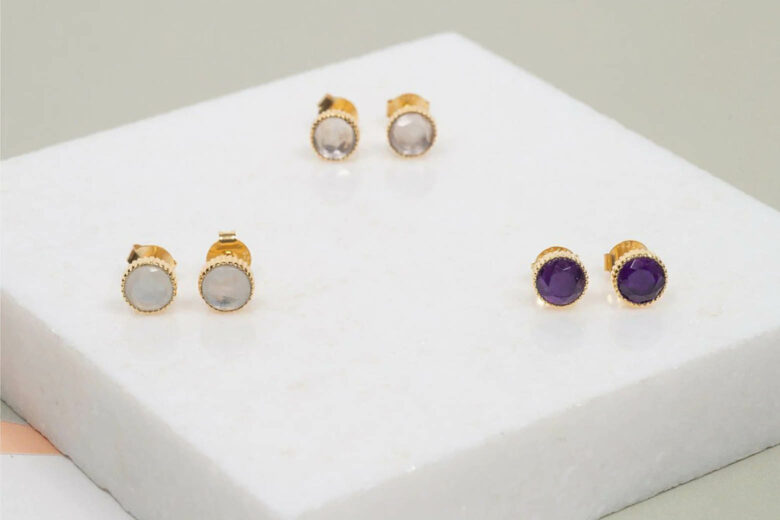
Where does Quartz come from
Quartz surrounds us and makes up our world. A primary mineral in Earth’s crust, rocks, and gemstones, there is only one more ubiquitous mineral—Bridgmanite.
Quartz forms when hot water and high-pressure impact minerals rich in silica.
In a process called a hydrothermal process, oxygen and silicon atoms join into tetrahedron crystals. The stacking of these crystals forms the properties of quartz. The unique thing about quartz formation is that it can occur at a wide range of temperatures and within types of igneous, metamorphic, and sedimentary rocks. Quartz formation occurs underground.
While quartz is most abundant in sedimentary rocks, such as sandstone, it’s found all around the world. This is partially why quartz does not have a high monetary value.
Different types of quartz are more abundant in some regions than others. Macrocrystalline quartz is sourced from Brazil, Madagascar, Morocco, Zambia, Uruguay, Bolivia, Sri Lanka, India, Russia, and the United States. Primarily sources of cryptocrystalline quartz include Australia, India, Madagascar, Namibia, Germany, Brazil, Russia, Tanzania, China, and Poland.
Which family is Quartz from
Quartz is in the silicate family of minerals. Silicate is an anion that contains oxygen and silicon and is one of the primary minerals found within Earth’s crust. That explains why quartz is the second most prevalent mineral in the world.
The quartz family is expansive. Jewelry birthstones that are relatives to quartz include Amethyst, Citrine, Onyx, and Bloodstone. The larger quartz family is distinguished by two main types of quartz: macrocrystalline quartz and cryptocrystalline quartz. These are defined by their unique properties and impact their color and structure.
Birthstones chart
Find your birthstone by month
Frequently asked questions about Quartz
Quartz is s commonly used in kitchens as a more affordable alternative to granite or marble. The best luxury watch brands used quartz to improve movement precision. Other industry uses include abrasives, glassmaking, GPS, radios, computers, audio transmitters, and ceramics. Quartz is also popularly used for Feng Shui.
The greater the clarity, the higher the price. The average price for quartz gems is as little as $1 to $10 per carat, while raw, unpolished quartz has a price of just $0.01 per carat. The most valuable quartz—purple quartz—is priced at $15 to $20 per carat. Quartz countertops cost $70 to $150 per square foot, including installation.
Quartz is a mineral that is abundant in many rocks, including sedimentary rocks, igneous rocks, and metamorphic rocks. Sandstone is an example of a sedimentary rock that contains the mineral quartz. As the second most abundant mineral on Earth, quartz can be found in a wide variety of rocks.
1. Quartz is the second most common mineral: nearly every rock has at least some quartz in it. 2. Natural, pure quartz is clear: different colors are due to chemical variations. 3. Quartz is popular in gardens, as some believe it magically enhances growth. 4. While quartz is mined around the world, the largest slabs come from Brazil. 5. The largest piece of quartz ever mined weighed an astonishing 90,000 pounds (40,823 kg).
